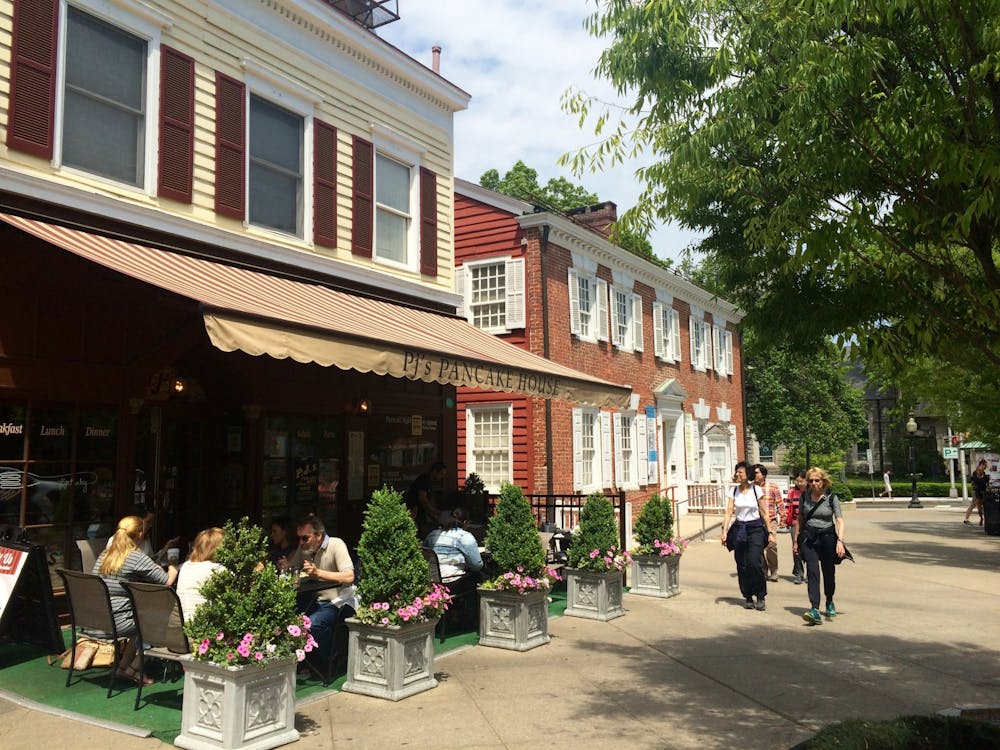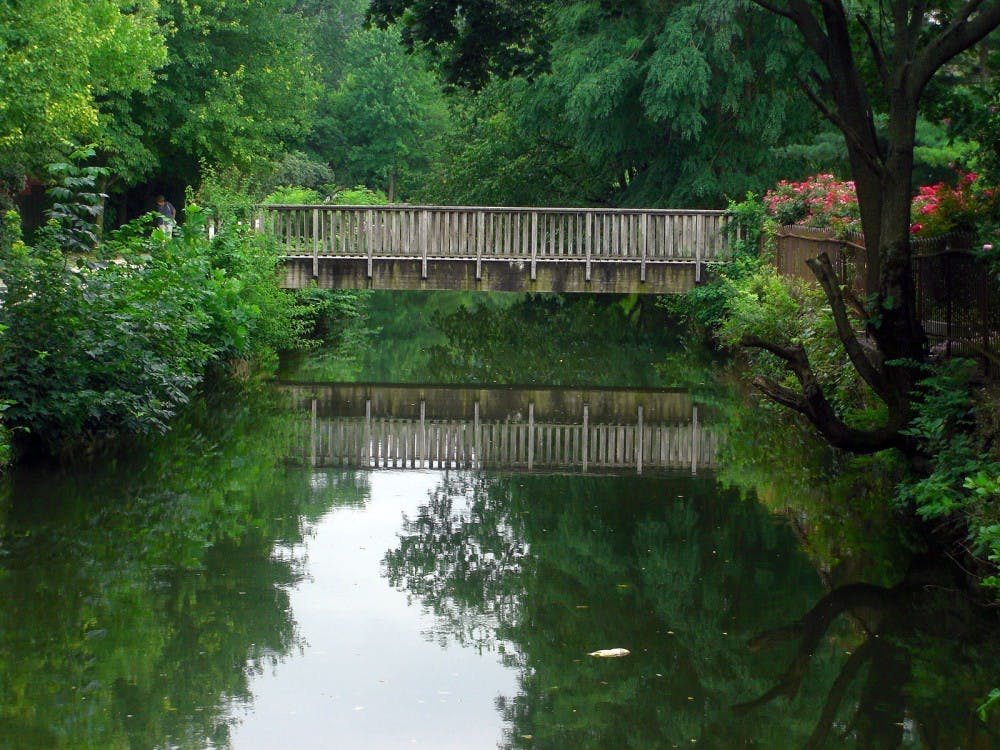A few months ago, the staff of The Daily Princetonian asked me to prepare a biweekly column on whether or not Princeton University is a fertile ground for mounting an artistic production. Having just finished my directorial debut (Princeton Shakespeare Company's production of "Titus Andronicus"), I felt more than prepared to tackle such a question. But as time went on, and the column's subject began to metamorphose into the much broader question of "What is the current state of the Arts at Princeton University?" I became increasingly anxious. I was, and still am, unsure as to what qualifies me as an apt critic.
Simply put, my main job at Princeton is to study the theater. I am working toward a certificate in Theater and am one of only six students currently enrolled in the dramatic literature program of the English department. Since arriving at Princeton, I have acted in 15 different theater productions and worked on a handful of others in various different capacities. I hope to continue studying drama and ultimately to work as a dramturg, a scholar and a teacher.
I have absolutely no experience as a critic.
While I am more than able to write at length about the intricacies and challenges of theater-making at Princeton, I have no credentials that make me better suited to discuss the state of the arts (i.e., the quality of student art on campus and how that quality relates to the larger Princeton environment) than anyone else. And yet, that is precisely what I will be doing over the course of the next few months. Somebody has to, I suppose.
It's a truly daunting question. At the present, I intend to tackle it in pieces. Every other week, I plan to ask "How does x affect the arts at Princeton," with x varying with each installment. One week, I may examine the availability of resources for student artists; another week, I may discuss the determinative roles played by the faculty in fostering creativity among students; another week, I may also look at attitudes within the artistic community itself; I may then shift focus to attitudes outside the artistic community. Because most of my experience is in the theater, the subject matter will most likely center on theater communities and the theater-making experience at Princeton. However, I do not intend to subject the scope or form of these investigations to needless rules which (let's face it) I'll no doubt end up breaking sooner or later. Rather, I do intend to make this series something more personal, more pertinent, and more exciting than the typical arts criticism column.
If you have any interest in the state of Princeton's arts, I encourage you to read along over the course of the next few weeks and to become a more active member in the dialogue. Feel free to email me with your interests, your thoughts and your angry criticisms as they develop. They are always welcome.







